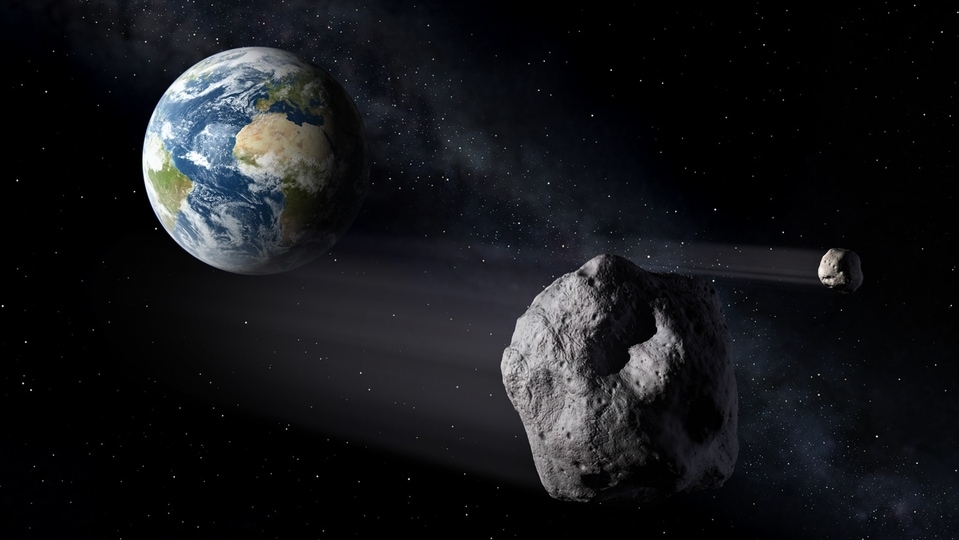Diablo Canyon meteorite, which hit the Earth 50,000 years ago, can transform tech
50,000 years ago, the Diablo Canyon meteorite struck the Earth. Scientists studying the space rock have now found diamonds that have never been observed on Earth before and have the potential to transform technology.

Just when we thought our knowledge of the elements was sufficient, a 50,000-year old meteorite has puzzled the scientists with revelations that have the potential to transform technology as it exists. This meteorite is called the Diablo Canyon meteorite and it has been an object of curiosity for researchers for quite some time. While it is not known whether this meteorite came from within our solar system or made its way from some distant part of the galaxy, what it carries within its heart is something that has not been seen before. And one of them is a space diamond that has the potential to revolutionize our existing technology.
The meteorite was first discovered in 1891 in Arizona, USA. And the insides of the meteorite is filled with diamonds. According to a Live Science report, the structure is an interlocking form of graphite and diamond and has unique properties that can one day be harnessed to build new kinds of electronics and superfast charging technology, the researchers say.
Space diamonds in ancient meteorite can change our technology
The diamonds found in the rock are unlike anything available on Earth. On our planet, diamonds are formed at a depth of around 150 kilometers where the temperature rises to about 1,093 degrees Celsius (2000 degrees Fahrenheit). At that pressure and temperature, carbon changes itself in a cubic structure giving birth to diamonds. However, the diamonds inside the ancient meteorite have a hexagonal structure.
The diamonds in the Diablo Canyon meteorite have been named lonsdaleite and they can only form at a much higher pressure and temperature. Scientists have been able to successfully recreate it in labs but creating it in large numbers is not going to be easy or cheap. Scientists assume that it was created when the meteorite struck the Earth creating enormous amounts of heat and pressure. But this has also given them faith that these diamonds might be abundant in space.
Scientists have also found a strange structure while studying these diamonds. Instead of just lonsdaleite, they have found growths of another carbon-based material called graphene which was interlocking with the diamonds. The building block of graphite, graphene, is a one-atom-thick layer of carbon atoms arranged in a hexagonal lattice. On the lattice, the never seen before growths are called diaphites. These diaphites showcase a strange structure where its layers do not align entirely creating faults along its entire length, according to the researchers.
Graphene is considered to be ten times stronger and six times lighter than steel. While early research into it is still ongoing, the presence of diaphites make it an interesting proposition highlighting that the electrons within the structure can be manipulated.
“Through the controlled layer growth of structures, it should be possible to design materials that are both ultra-hard and also ductile, as well as have adjustable electronic properties from a conductor to an insulator," Christoph Salzmann, co-author of a paper describing the research, said in a statement.
Catch all the Latest Tech News, Mobile News, Laptop News, Gaming news, Wearables News , How To News, also keep up with us on Whatsapp channel,Twitter, Facebook, Google News, and Instagram. For our latest videos, subscribe to our YouTube channel.
































